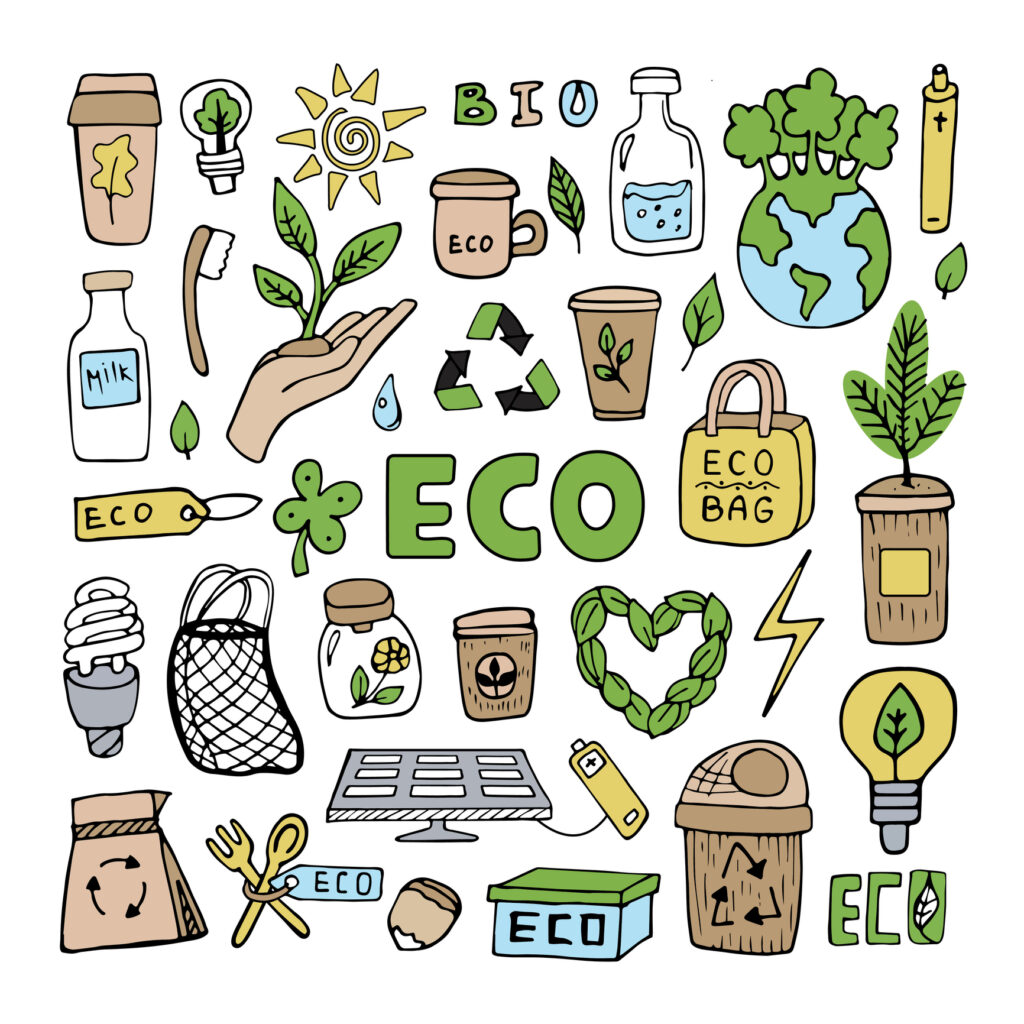
With the increase in global warming and consumers becoming more conscious about their purchasing products, companies are now moving towards sustainable packaging. Brands that tend to introduce sustainable packaging for their products have a higher probability of casting a good impression in the customers’ minds. When it comes to making your brand sustainable, there are many options you can experiment with, and you can put your creative genius to use.
A tremendous number of sustainable packaging trends have been on the rise, and here are some of the few noteworthy trends that caught our attention!
1. Reimagining Compostable Packaging
As a complete substitute for plastic, brands are now opting for plant-based packaging. The technology and innovation that has been introduced through plant-based packaging have made it an attractive and viable option. Amongst the many options that are available when it comes to plastic packaging, the following options have proven to be very successful:
- Coffee pods made from sugar cane and beets
- Mushroom based packaging. This packaging replaces the conventional polystyrene packaging and makes use of MycoMaterials.
- The use of soy ink for printing purposes
This trend is stemmed from the umbrella of rightsizing and is taking new shapes as the packaging industry evolves around it.
2. Packaging For the Sake of Packaging
A new trend that has emerged and has become very popular among the packaging industry is minimalist packaging. In this type of packaging, all the dead weight that comes with packaging is disposed of. The motivation behind this kind of packaging is to get the most out of the least. The innovative designs introduced in this packaging are usually entirely free of plastic and are super convenient to carry. Be it the bubble wrap, an extensive amount of plastic shoppers, and oversized cardboard boxes; this new trend can sufficiently replace all of these.
3. Refillable Parent Packaging
As the name itself suggests, this trend relies solely on the idea of zero-waste packaging. Stores that utilize the refillable parent packaging trend tend to provide their products in bulk. Customers then bring their containers and bottles from home and get them filled at the store. This trend is widespread for personal care and cleaning products. In addition to being sustainable, this kind of packaging also offers the advantage of reduced transportation costs and zero manufacturing costs for packaging materials.
The bulk dispenser refilling trend is also very similar to this. In this, retailers get their containers refilled in bulk quantities by wholesalers.
4. Replacing Plastics with Bioplastics
In an attempt to replace the utilization of fossil fuels when it comes to manufacturing plastic packaging products, companies are now using bioplastics. Bioplastics are not necessarily always biodegradable and compostable; they tend to reduce the carbon footprint, thus positively impacting the environment. However, bioplastics are not the ideal solution since they do not dissolve in water and can still cause marine life harm if not disposed of properly.
5. Recyclable Packaging
Another trend that is found very commonly throughout different industries is recyclable and reusable packaging materials. The use of corrugated and cardboard packaging is prevalent. However, some manufacturers are taking things a step further and are using the waste from their production lines to create packaging products. Not only does this help in reducing the overall waste generated by the factory, but it also provides manufacturers with a low-cost solution for their packaging needs.
6. Shifting to Mono Materials
A very common problem when it comes to recycling and breaking down packaging materials is that each packaging material consists of a composition of different materials that do not break down under the same conditions. A solution that has been proposed and widely accepted is the use of mono-material packaging. As the name “mono-material” suggests, this kind of packaging includes only one material, thus making it easier to break down the packaging for recycling purposes.
7. Antimicrobial Packaging
An incredibly innovative and new form of packaging is antimicrobial packaging. In terms of sustainability and recyclability, antimicrobial packaging ticks all the boxes, but it can be fairly expensive when it comes to the cost of manufacturing these packaging products. The film used in antimicrobial packaging prevents food items from rotting inside and keeps the product fresh and healthy for a long time. In addition, it is also more beneficial for your health, the prevention of microbial activity reduces the risks of diseases and viruses spreading from the packaging.
Conclusion
At Montenegro, we have become more cautious about the packaging materials that we use and are moving alongside the changing dynamics of society by introducing more environmentally friendly and sustainable packaging.

